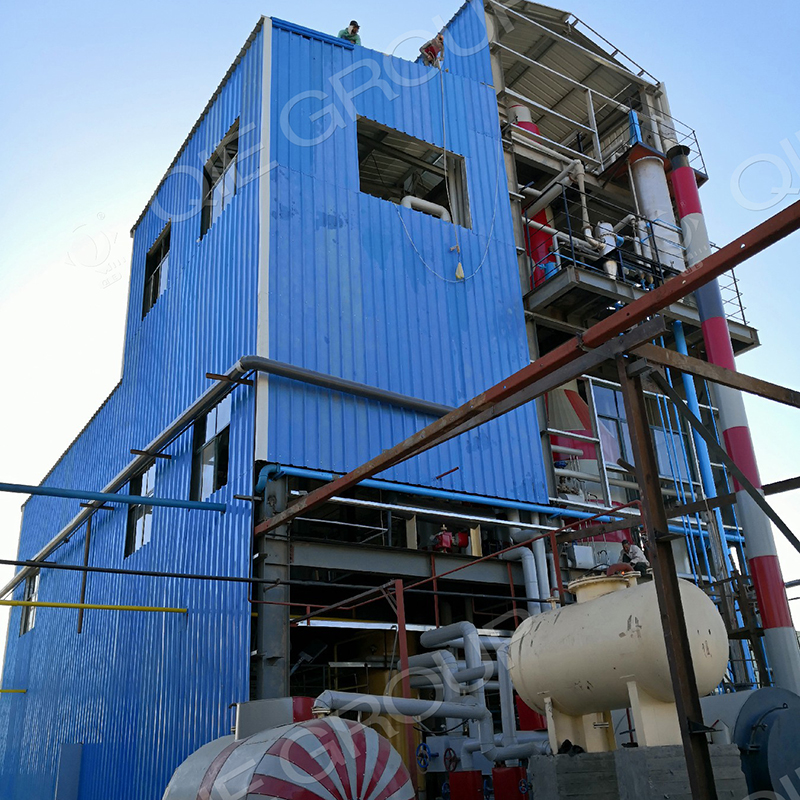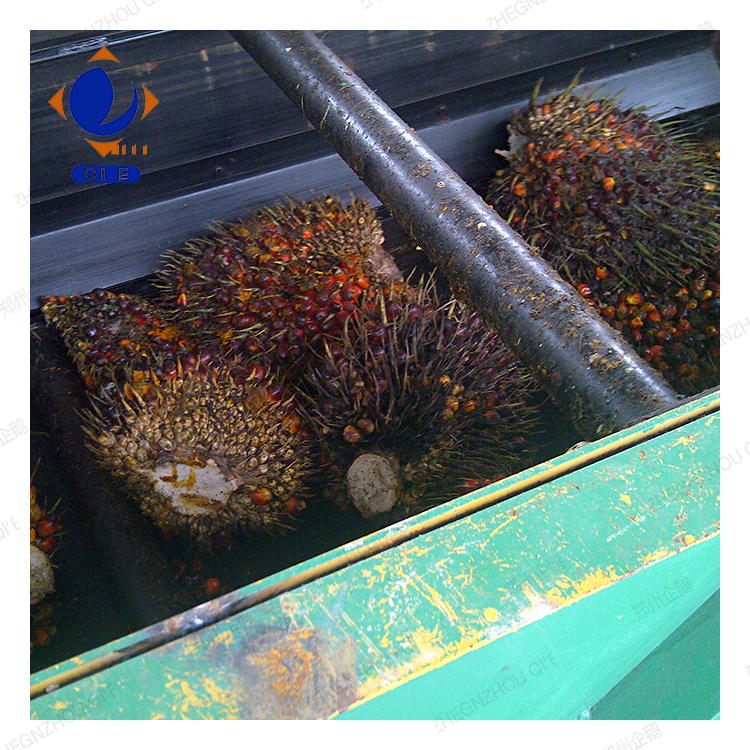
In the realm of oil processing, the proper selection of medium-sized screw oil presses is crucial for small and medium-sized oil mills. Understanding our small and medium-sized screw oil press solutions can help these enterprises avoid excessive energy consumption and production capacity waste caused by improper equipment selection. This article delves into the core technical parameters of screw oil presses to provide practical decision-making advice.
The screw shaft is a vital component of the screw oil press. Its structure directly affects the material propulsion efficiency and oil yield. A well - designed screw shaft can ensure that the material is evenly pushed forward in the pressing chamber, increasing the contact area between the material and the screw shaft, thereby improving the oil extraction rate. For example, in some advanced screw oil presses, the optimized screw shaft design can increase the oil yield by about 3 - 5% compared with traditional models.

Temperature control during the pressing process is essential for maintaining the quality of the oil. Different oils have different optimal pressing temperatures. For instance, the ideal pressing temperature for peanut oil is around 110 - 120°C, while for soybean oil, it is about 100 - 110°C. Our screw oil presses are equipped with advanced temperature control systems that can precisely maintain the temperature within the appropriate range, ensuring the stability of the oil's nutritional components and flavor. According to industry data, proper temperature control can improve the oil's quality grade by about 10 - 15%.
Peanuts, soybeans, and rapeseeds have different physical and chemical properties, which require different pressing processes. Peanuts have a high oil content and relatively hard texture, requiring a higher pressing pressure. Soybeans, on the other hand, have a lower oil content and a softer texture, so a more gentle pressing process is needed. Rapeseeds are in between. Our screw oil press solutions can be adjusted according to the characteristics of different oilseeds, achieving the best pressing effect. For example, in a certain peanut oil mill, after using our screw oil press suitable for peanuts, the oil yield increased from 40% to 43%.

The pre - heating function of the screw oil press can significantly improve the purity and stability of the oil. Pre - heating can reduce the viscosity of the oil, making it easier to separate from the material. It also helps to remove some impurities and moisture in the oil, improving the quality of the final product. In practical applications, the pre - heating function can increase the oil's purity by about 5 - 8% and enhance its stability during storage.
Many small and medium-sized oil mills make mistakes when selecting screw oil presses. Some ignore the characteristics of the raw materials, choosing a one - size - fits - all approach. Others neglect energy consumption management, resulting in high operating costs. For example, some mills choose a high - power oil press without considering the actual production volume, leading to excessive energy consumption. In some cases, the energy consumption can be 20 - 30% higher than necessary.
To avoid these mistakes, we suggest that small and medium - sized oil mills first conduct a detailed analysis of their raw materials, including the type, moisture content, and oil content. Then, they should consider the production scale and energy consumption requirements. Our technical team can provide on - site guidance and customized solutions. By choosing our small and medium - sized screw oil press solutions, enterprises can make more informed decisions, improve production efficiency, and enhance oil quality.

Are you still struggling with the selection of screw oil presses? Click here to learn more about our small and medium - sized screw oil press solutions and take the first step towards efficient and high - quality oil production!

